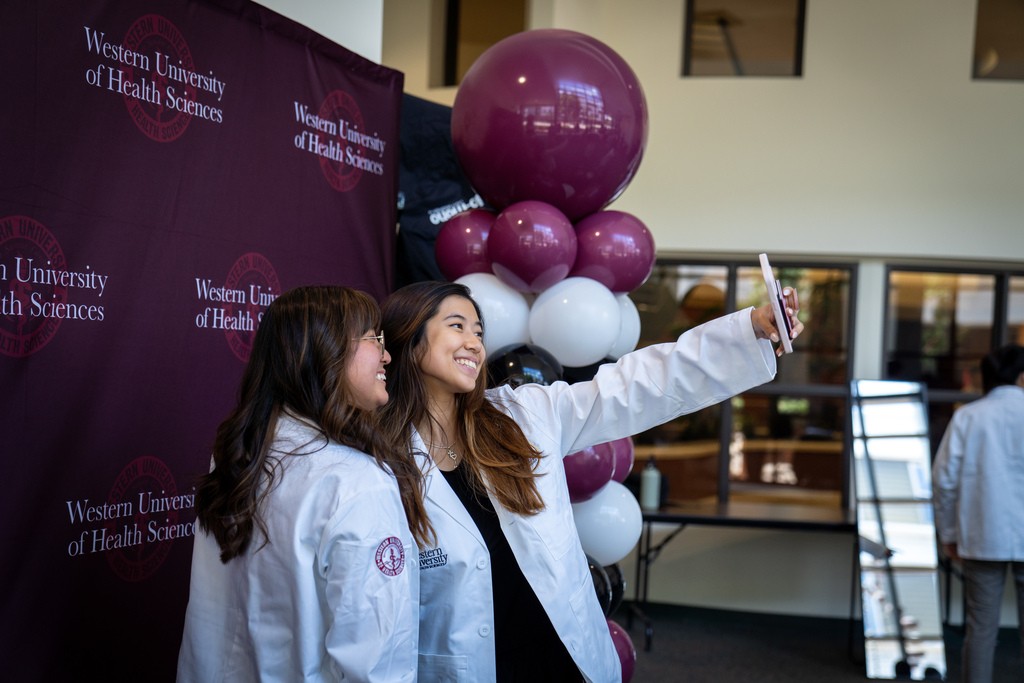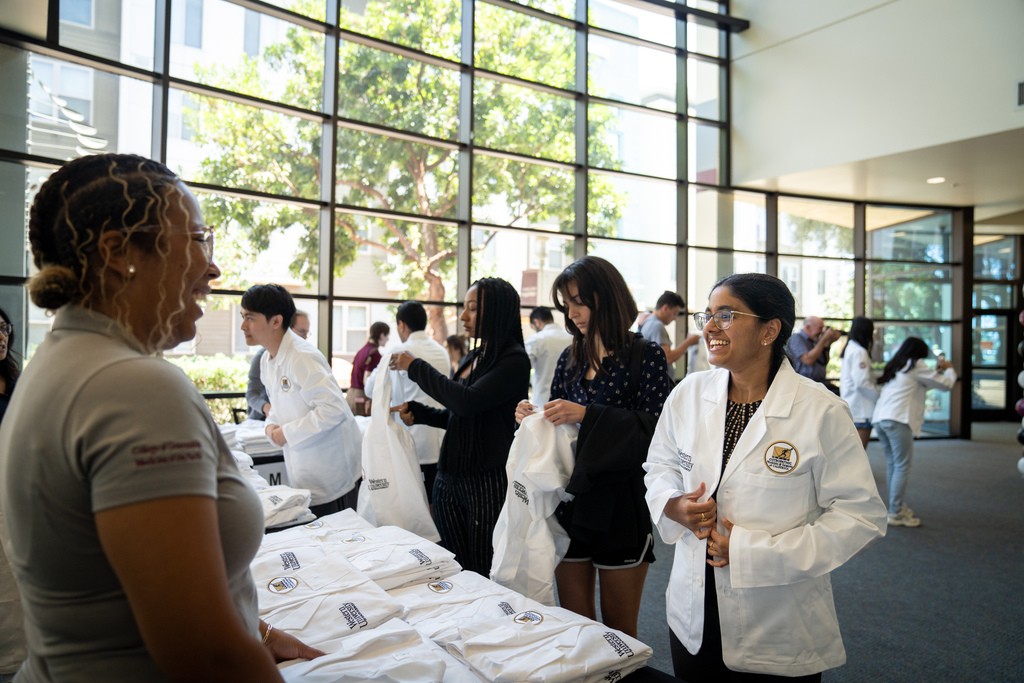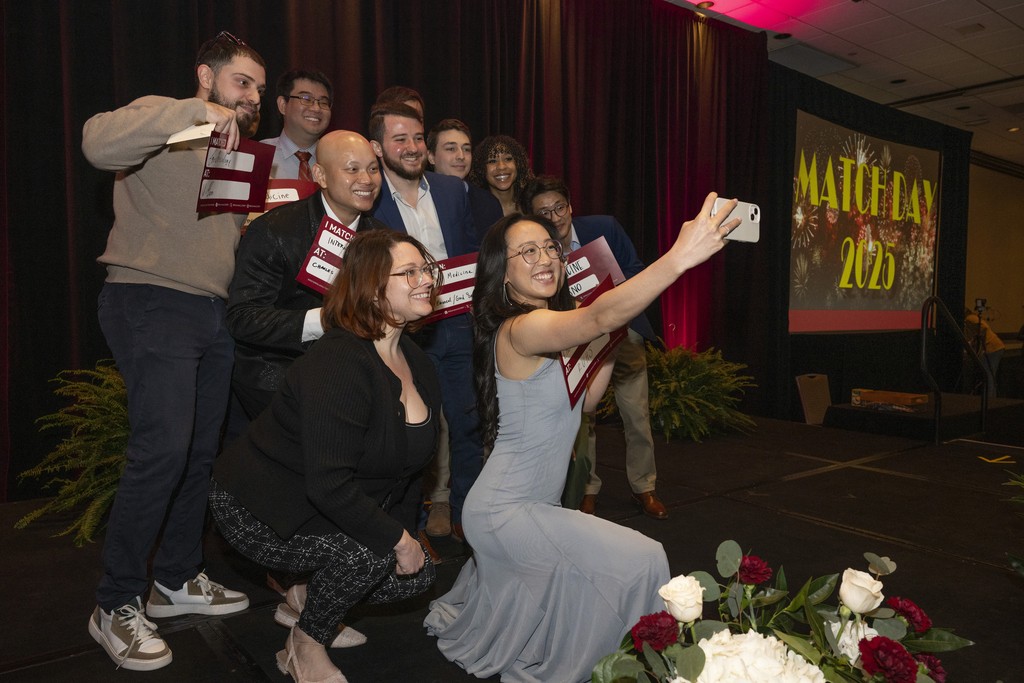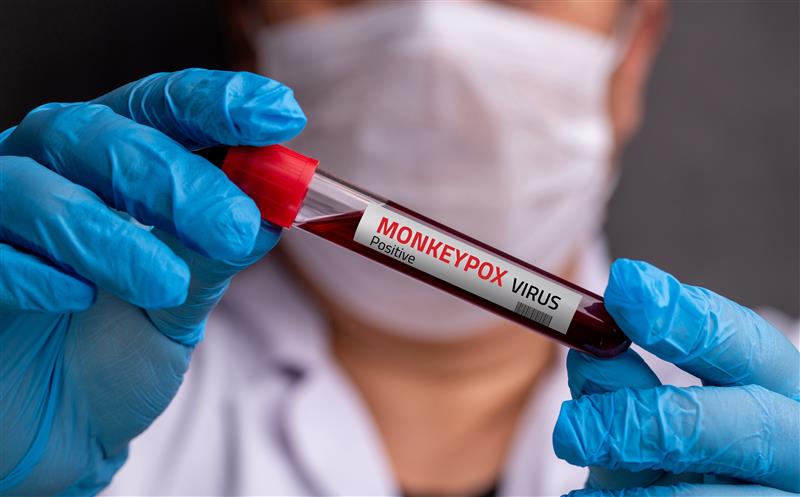
The path to becoming a physician has long been known as one of the most rigorous and competitive journeys in higher education. Despite a growing shortage of doctors in the U.S., especially in primary care, gaining admission to medical school remains notoriously difficult. Applicants face steep competition due to a limited number of available spots in both medical schools and subsequent residency training programs.
According to Marcel Fraix, DO, MBA, Associate Dean for Admissions & Enrollment, the bottleneck isn’t just in getting into medical school; it’s also in the finite number of residency spots. “Even though the number of medical schools has expanded, both DO and MD, the real bottleneck continues to be the number of residency training spots,” he explains. Residency positions, primarily funded through the Centers for Medicare and Medicaid Services (CMS), have not grown at the same pace as the need for more doctors. This mismatch creates a heightened level of competition, even as the need for physicians increases.
Understanding the medical school application process is critical for anyone aspiring to join the profession. Jessica Alberts, Ed.D., Associate Director of Admissions, outlines the process for applying to osteopathic medical schools: “It’s a multi-step process that starts with filling out the primary application, also known as the AACOMAS application. After submitting the primary, eligible applicants are invited to submit a secondary application. Once that is completed, the application undergoes a holistic review by the admissions committee.”
This holistic approach means that, beyond academic metrics like GPA and MCAT scores, medical schools are looking for candidates with demonstrated experience and commitment to healthcare. As Dr. Fraix notes, “It’s not just about a good GPA or MCAT score. It’s also about consistent participation in the healthcare setting, whether that’s being a scribe, an EMT, or a medical assistant.”

In such a competitive environment, what can applicants do to improve their chances? Dr. Fraix emphasizes the importance of self-awareness and experience. “You need to have a really clear idea of why you’re pursuing medicine and what steps you’ve taken to make it happen,” he says. “Applicants should be prepared to tell their story—what personal experiences led them to medicine, and how they’ve actively sought opportunities to gain clinical experience.”
Participation in healthcare-related work, whether through volunteering, research, or hands-on roles like medical assisting, not only strengthens applications but also demonstrates a genuine commitment to the field. Dr. Fraix suggests that prospective students make their experiences count: “Sharing that story is really important when it comes to the more subjective criteria in evaluating applications.”
The competitive nature of medical school admissions highlights the importance of preparation, dedication, and a clear sense of purpose for aspiring physicians. As the demand for healthcare professionals continues to grow, applicants must not only excel academically but also demonstrate a genuine passion for the field through clinical experience and personal narratives. By embracing opportunities to engage in healthcare settings and effectively communicating their journey, prospective students can position themselves for success. In a field where both challenges and rewards are abundant, those who persevere and approach the process with determination will be well-equipped to make a lasting impact on the future of medicine.


